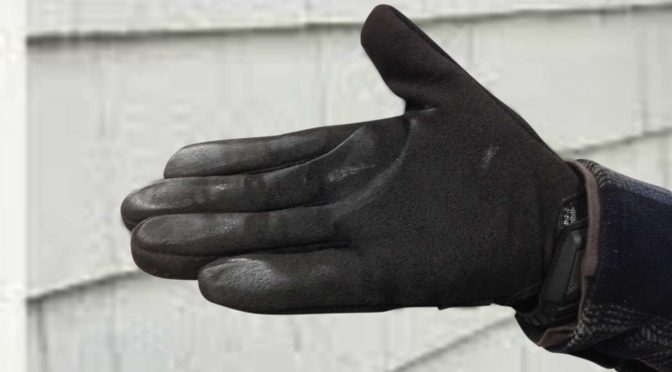Answers to pro painters’ most pressing questions by Rick Watson
I’m looking for advice on an aluminum painting project. The house was painted by a friend of my customer’s family first and was really peeling everywhere.
I powerwashed with Simple Green, powerwashed again, scraped and sanded the entire house, then painted with the recommended paint for siding by Sherwin-Williams for aluminum siding.
I now have been back four times to the home because of bubbles and small peeling problems. Each time I scrape, sand and clean the areas before repainting. I also used the additive to help adhesion in the beginning of the job. The job was originally done in July and it was 90-plus degrees. I have tried repainting in cooler weather with the same results. Any advice or recommendations will be greatly appreciated.
When aluminum siding is exposed to the atmosphere and allowed to weather, the existing factory finish will eventually break down and oxidize.
If that is not washed and scrubbed off at the very beginning, the new coating applied over the “oxidized/chalk” will not have a great chance to adhere.
So, the first coat that was originally applied may be sticking to the oxidation and not the aluminum siding itself. This could cause that layer of paint to start blistering and peeling.
Critical: Correct surface prep
It is crucial to remove all “oxidized/chalk” prior to painting and power washing alone may not remove this.
Rule of thumb: Do the chalk test prior to painting any aluminum siding. Wearing a black glove, run your hand over the siding and see what comes off. If you see any white chalkiness on the glove (see photo at the top of this story), cleaning will have to be repeated.
Removal of the old coating may be necessary
The coating you applied is only as good as what is underneath it. When you powerwashed and cleaned the surface, you cleaned the top and may not have totally removed all layers of paint. In this scenario, any surface preparation short of total removal of the old coating may compromise the service length of the new system.
Finally, I would suggest having your local Sherwin-Williams market manager come out and do a free site survey.
This article was originally published in the Spring 2017 issue of PPC magazine. Rick Watson, director of Product Information and Technical Services at Sherwin-Williams, answers questions from pro painters in the Ask Your ProPartner™ column in PPC magazine.
Got a question for Rick?
CONTACT US

